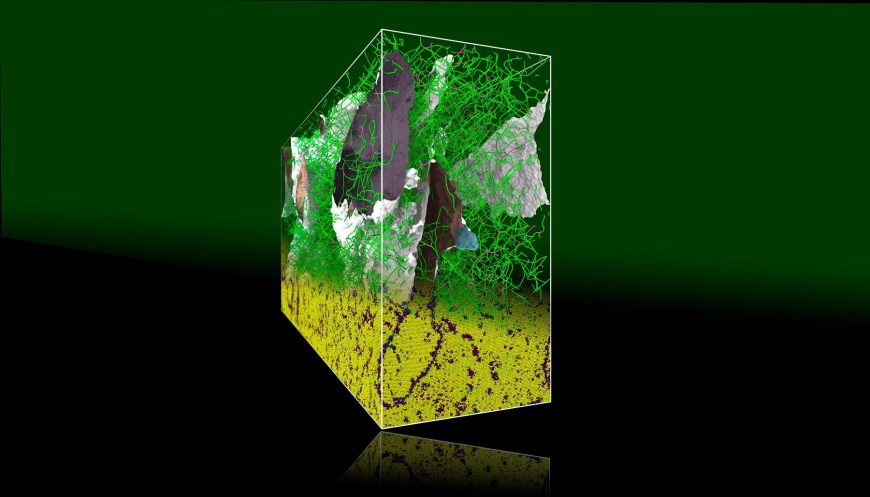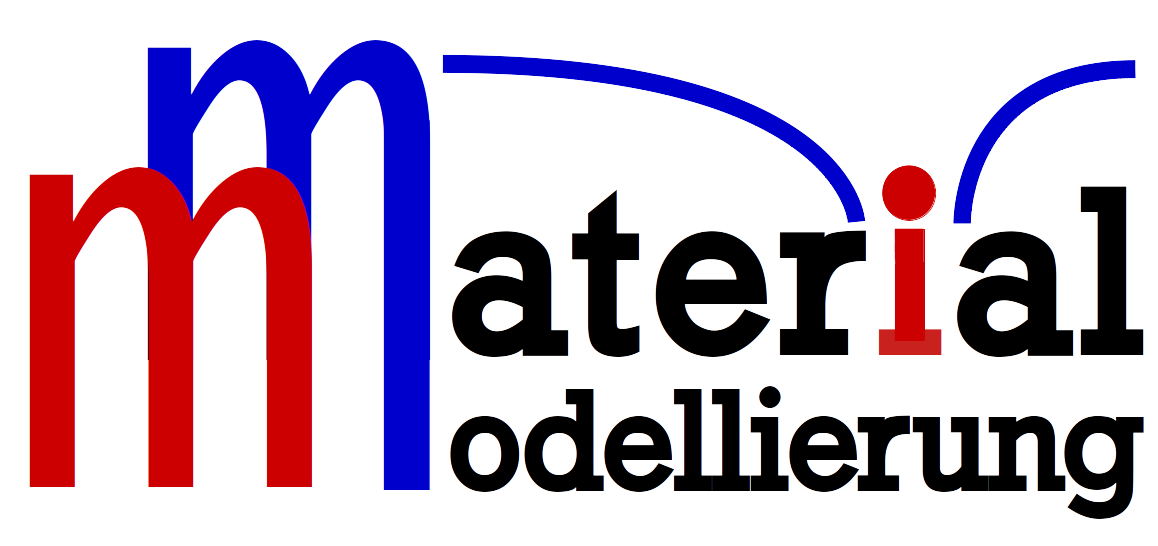A. Stukowski and US-team solve 100-year-old metallurgy puzzle
Atomistic insights into metal hardening
2020/10/15 by K. Albe
In contrast with conventional views, ultra-large-scale atomistic simulations show that the staged character of strain hardening of metals originates from crystal rotation, whereas the dislocation behaviours remain the same across all the stages.

To solve a 100-year puzzle in metallurgy about why single crystals show staged hardening while others don’t, Lawrence Livermore National Laboratory (LLNL) scientists and Dr. Alexander Stukowski from the Materials Modelling Division at TU Darmstadt took it down to the atomistic level.
The research appeared in the Oct. 5 edition of Nature Materials.
For millennia, humans have exploited the natural property of metals to become stronger or harden when mechanically deformed. Ultimately rooted in the motion of dislocations, mechanisms of metal hardening have remained in the crosshairs of physical metallurgists for more than a century.
The team performed atomistic simulations at the limits of supercomputing that are sufficiently large to be statistically representative of macroscopic crystal plasticity yet fully resolved to examine the origins of metal hardening at its most fundamental level of atomic motion.
The root causes of metal hardening remained unknown until 86 years ago, when dislocations — curvilinear crystal defects made by lattice disorder -- were proposed to be responsible for crystal plasticity. Despite direct causal connection between dislocations and crystal plasticity being firmly established, no team has observed what dislocations do in situ — during straining — in the bulk material.
The scientists relied on a supercomputer to clarify what causes metal hardening Instead of trying to derive hardening from the underlying mechanisms of dislocation behavior, which has been the aspiration of dislocation theory for decades, they performed ultra-large-scale computer simulations at a still more basic level — the motion of atoms that the crystal is made of.
The team demonstrated that the notorious staged (inflection) hardening of metals is a direct consequence of crystal rotation under uni-axial straining. At odds with widely divergent and contradictory views in the literature, researchers found that the basic mechanisms of dislocation behavior are the same across all stages of metal hardening.
“In our simulations we saw exactly how the motion of individual atoms translates into the motion of dislocations that combine to produce metal hardening,” Bulatov said.
The research was funded by the National Nuclear Security Administration’s ASC program and Technische Universität Darmstadt.
Read more;



